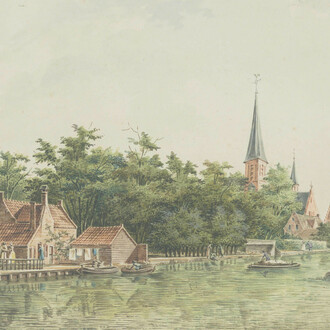There is no movement without power, no machine works without power. Power engineering objects are hence to be found - albeit often hidden - throughout the museum.
However, the visitor can hardly miss the old steam engine right in the entrance building, driving a whole group of machine tools. It opens a new chapter in science history, not least because it marks the beginning of independent power engineering. The steam engine becomes an independent, non-stationary driving machine, the purpose of which is determined by the machine it drives.
The increasing diversification of industrial work is reflected by the objects. A Diesel engine, just a few steps further on, shows this clearly: it can be set into motion, but there is nothing to drive.
The trend is explained best by electrical engineering; its beginnings are initially on two tracks in the 2nd locomotive shed, until a more detailed exhibition becomes possible in the future main building (Technoversum). The current presentation deals with a number of aspects in the "power - heat - electricity" context with a view to historical and didactic aspects. Alternative methods of power generation currently under discussion are also integrated into the exhibition.
A door directly connects to the open air area of the museum where two historical windmills are visible from afar and demonstrate pre-industrial energy conversion. Even though they are highly sophisticated from the point of view of mechanics, they do constitute a striking contrast to industrial engineering: natural "wind" energy and craftsmanship characterise their design.
The windmills in the museum park are in contrast to the modern solar panels: plain, grey panels convert sunlight to electrical energy, driving a fountain without any apparent movement or engine noise.
Further objects will be installed in the years to come, demonstrating old and modern uses for regenerative energy and showing approaches towards a reconciliation between nature and machines and pointing towards a way out of the ecological crisis.
















